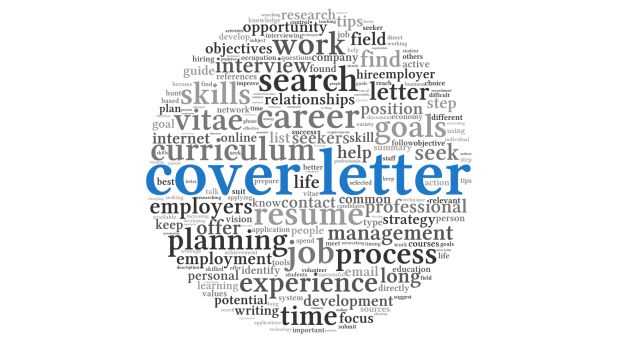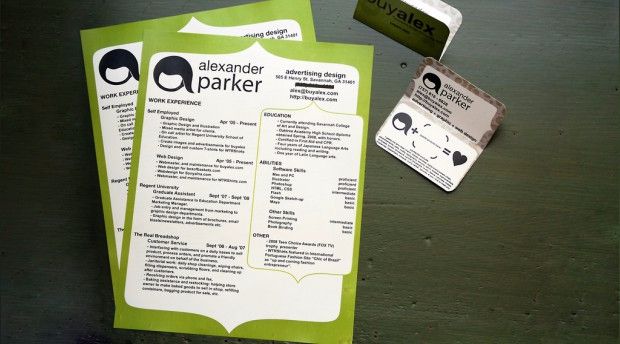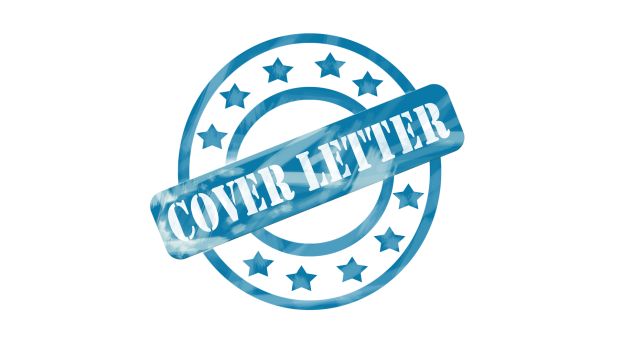Resume vs. LinkedIn: Don’t Treat Them the Same
Post Views 175Summary: Understand the differences between your resume and LinkedIn profile so that you avoid making mistakes by treating them as the same thing.
Too many people create their LinkedIn profile as a duplicate of their resume. They treat them as one and the same when they are not. Lumping your resume and LinkedIn page into the same thing will either cause a resume to be filled with unnecessary information or cause your LinkedIn page to be missing critical points.
The number one rule for resumes is quality over quantity. The goal of a resume is to highlight your top accomplishments and skills, as they relate to the job you are applying for. Resumes should be more specific to the job you are applying for, only providing the pertinent information. They are usually restricted to one page in length, so there is just not enough room to include everything.
A LinkedIn profile should contain all your credentials, qualifications, skills, and more. When employers go to your LinkedIn page, they want to see the full picture of who you are and what you have done.
LinkedIn does offer to create a resume for you using your information, but this takes all of your past information that is not always relevant. Keep in mind that employers will compare your resume to your LinkedIn profile and other social media sites.
When considering that employers will compare your resume to your LinkedIn, make sure that they have the correct information. This includes date, spelling, education, certificates, and job details. If you have errors, employers will assume you do not pay attention to details or are hiding something.
Generally, employers are not looking for a picture with your resume, but they do want to see one on your LinkedIn. Not including any image and leaving your page with the gray stock image is off-putting to many employers. They at least want to see a professional image that represents you.
Starting with a knock-out headline will impress employers, but keep going. The summary of your LinkedIn page is an opportunity to show some personality in your personal bio. You can opt to highlight the skills and experiences that you feel are important and anything else that you think helps describe who you are and what you aim to accomplish.
Resumes are limited in what you can prove to employers. LinkedIn allows for recommendations, which are an excellent way to prove you are capable in the areas you claim to be skilled at. Recommendations act as references, so the more you have, the more qualified you appear before the employer even sits down to meet you. Ask former and current colleagues for recommendations, offering to return the favor to them.
LinkedIn has several more sections that let you give a personal touch to who you are as a person and worker that a resume cannot do. Resumes are very restrictive in getting on a personal level with the employer. A great way of really reaching employers on that personal level is by publishing on LinkedIn. Start by writing small articles about projects you have done, the latest thing you’ve learned related to your career/industry, or a little note about the development of the industry. Doing this will add depth to your resume and puts you into a position as an expert in your field.
Have you used the LinkedIn resume tool? How did things go? Share your experiences with us in the comments below.
To learn more about maximizing LinkedIn, read these articles:
Resume vs. LinkedIn: Don’t Treat Them the Same by Amanda Griffin



 How to Write a Winning Cover Letter
How to Write a Winning Cover Letter  How to Adjust Your Resume to Show You Are the Perfect Fit
How to Adjust Your Resume to Show You Are the Perfect Fit  13 Tips to Make Your Cover Letter Better
13 Tips to Make Your Cover Letter Better  10 Filler Words to Remove from Your Resume and Cover Letter Now
10 Filler Words to Remove from Your Resume and Cover Letter Now  6 Resume Guideline Changes You May Not Know
6 Resume Guideline Changes You May Not Know  Write a Cover Letter for Your Resume
Write a Cover Letter for Your Resume  Make Your Cover Letters Relevant and Brief
Make Your Cover Letters Relevant and Brief  10 Items That Make Your Resume an Absolute Disaster
10 Items That Make Your Resume an Absolute Disaster